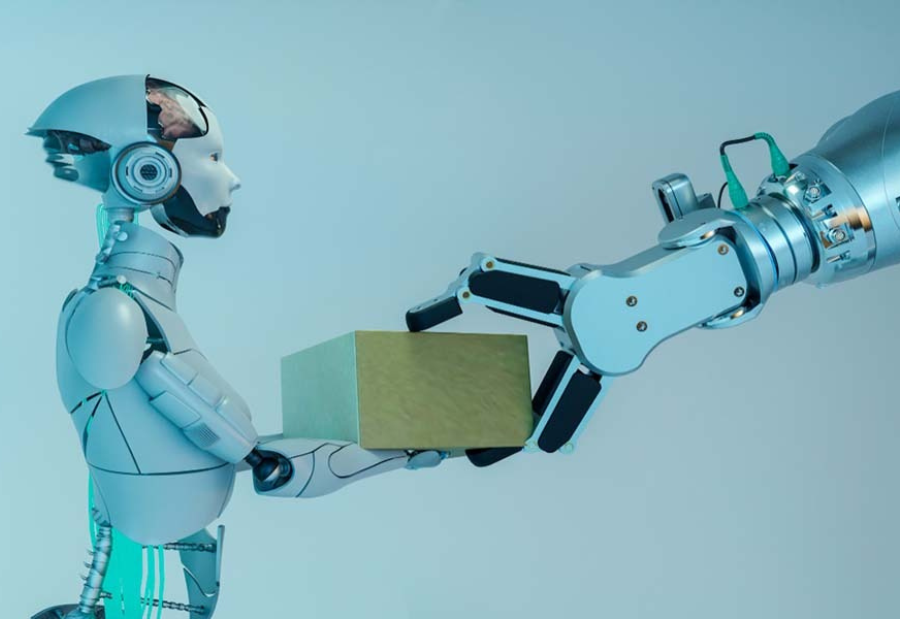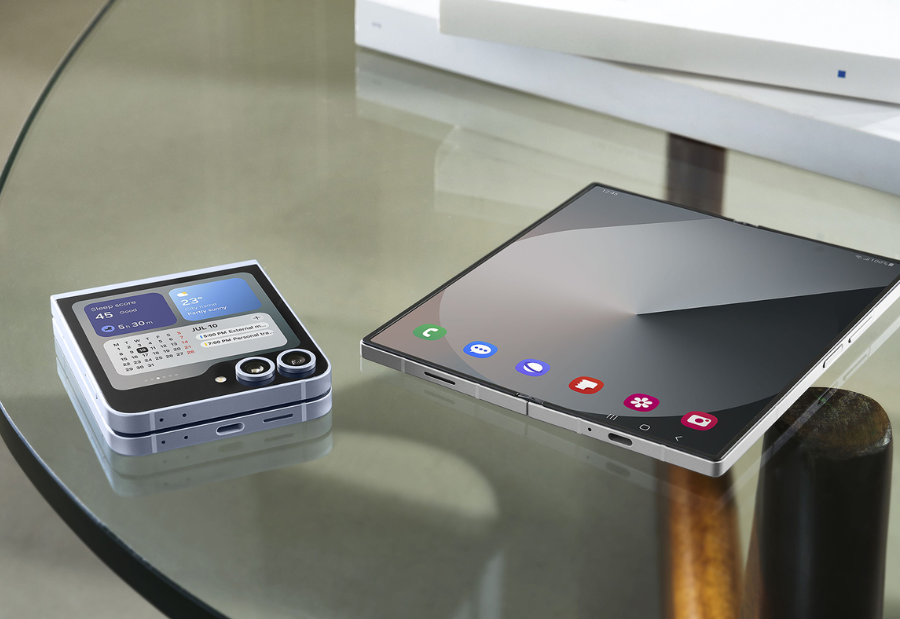Amazon envisions a future driven by collaborative robotics, where machines work alongside people to enhance human capability rather than replace it, says Tye Brady, Chief Technologist at Amazon Robotics.
The e-commerce giant recently marked a major milestone by deploying its one-millionth robot across its global operations. Alongside this, Amazon also introduced DeepFleet, a new AI-powered system designed to efficiently coordinate the movement of robots within its fulfilment network.
According to the company, robotics will play a crucial role in building more capable and efficient societies. Since 2012, when Amazon deployed its first robot that moved inventory shelves in its warehouses, the company has expanded to a diverse fleet of robots aimed at boosting operational speed and safety.
Among Amazon’s advanced robotics lineup is Hercules, capable of lifting and moving up to 1,250 pounds of inventory. There’s also Pegasus, which uses precise conveyor belts to handle individual packages, and Proteus, a fully autonomous mobile robot that navigates freely around employees in open areas, moving heavy carts filled with customer orders.
“I really believe that over the long term, we will have physical AI (Artificial Intelligence) systems that we are pioneering which will really change society for the better,” Brady told reporters.
Brady highlighted that the future of robotics lies in collaboration — building machines that extend human capabilities rather than competing with them. He said, “We are pioneering a new body of work that we call ‘collaborative robotics’ and I really see that in the future. How can we build our machines to extend human capability, human potential? How can we build machines that are tools for people to use, for them to gain more efficiencies, whether you’re at work or at home. I think the work that we’re doing today in our fulfilment centres is forerunner to a greater societal impact that robotics will have with the mindset of putting people at the centre of robotics universe.”
Brady made these remarks during Amazon’s Delivering the Future event held in Tokyo, where the company showcased its latest innovations in robotics and technology.
“It’s not people versus machines but it is people and machines working together. And the onus is on us, the roboticists, to build those machines in a way that people naturally want to use, in a way that creates a safer environment, and to build them in a way that’s efficient and more productive for our customers,” he added.
The one-millionth robot was recently deployed at a fulfilment centre in Japan, becoming part of Amazon’s vast robotics network that now operates in over 300 facilities worldwide.
The company also launched DeepFleet, a generative AI foundation model designed to optimise robot movements across its warehouses. Much like smart traffic systems reduce delays in busy cities, DeepFleet improves robotic fleet travel time by 10 per cent, helping Amazon deliver packages faster and at lower costs.
On concerns about robots and AI replacing jobs, Brady acknowledged that change can be unsettling but sees AI as the most transformative technology of his career. “I’ve been in robotics for a while. It has taken us a long time to get to this stage where we’re actually doing utility and function with our machines that enable people to do things more efficiently, more safely. So, I would say the future is very bright,” he said.
Also read: Viksit Workforce for a Viksit Bharat
Do Follow: The Mainstream formerly known as CIO News LinkedIn Account | The Mainstream formerly known as CIO News Facebook | The Mainstream formerly known as CIO News Youtube | The Mainstream formerly known as CIO News Twitter |The Mainstream formerly known as CIO News Whatsapp Channel | The Mainstream formerly known as CIO News Instagram
About us:
The Mainstream formerly known as CIO News is a premier platform dedicated to delivering latest news, updates, and insights from the tech industry. With its strong foundation of intellectual property and thought leadership, the platform is well-positioned to stay ahead of the curve and lead conversations about how technology shapes our world. From its early days as CIO News to its rebranding as The Mainstream on November 28, 2024, it has been expanding its global reach, targeting key markets in the Middle East & Africa, ASEAN, the USA, and the UK. The Mainstream is a vision to put technology at the center of every conversation, inspiring professionals and organizations to embrace the future of tech.




